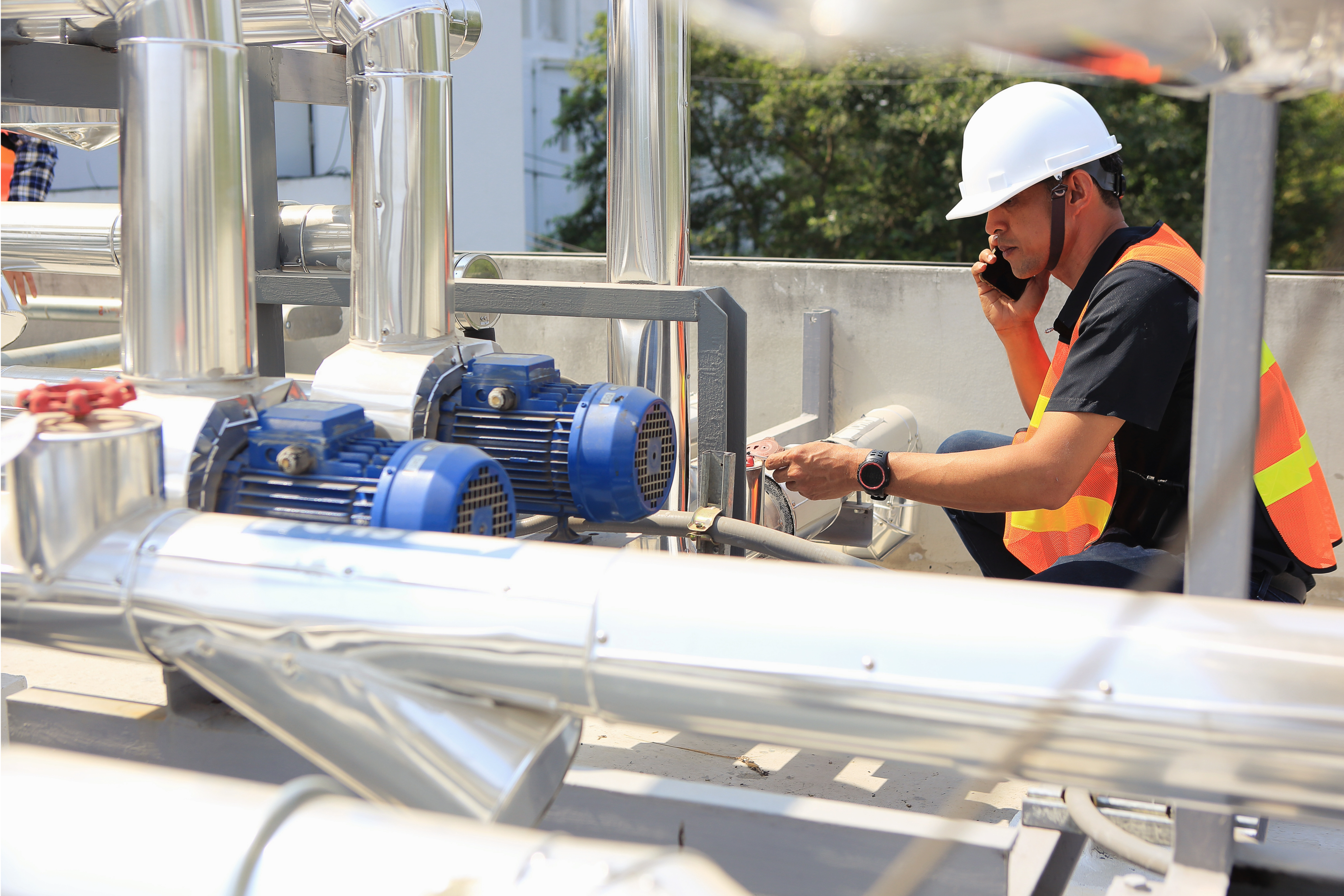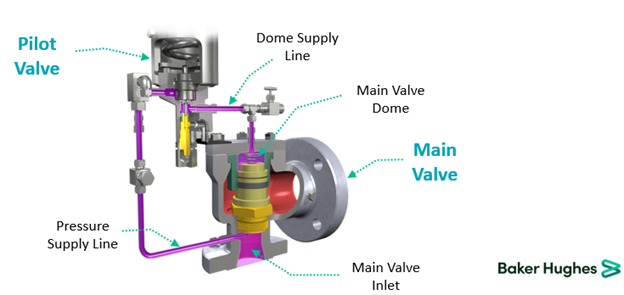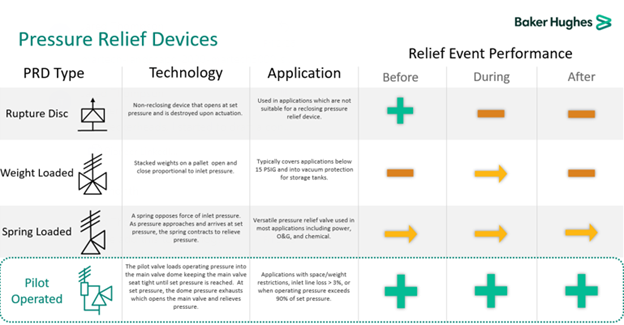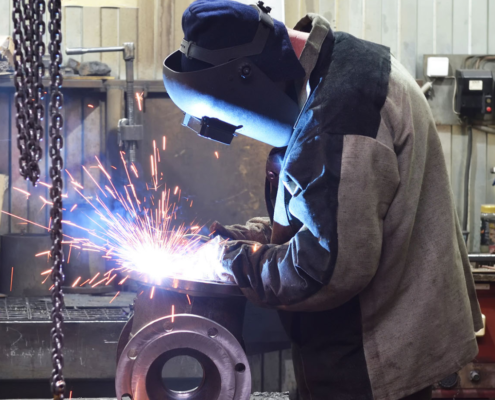 https://www.pioneerindustrial.com/wp-content/uploads/2023/09/Actuator-Repair_BLOG-Image-1.png
3840
5760
Karrie Williams
https://www.pioneerindustrial.com/wp-content/uploads/2020/12/Pioneer-Logo-Color-min.png
Karrie Williams2023-09-18 17:09:582023-09-18 17:25:55The Benefits of Actuator Repair Over Replacement
https://www.pioneerindustrial.com/wp-content/uploads/2023/09/Actuator-Repair_BLOG-Image-1.png
3840
5760
Karrie Williams
https://www.pioneerindustrial.com/wp-content/uploads/2020/12/Pioneer-Logo-Color-min.png
Karrie Williams2023-09-18 17:09:582023-09-18 17:25:55The Benefits of Actuator Repair Over Replacement
There are many types of valves for a variety of applications in the industrial market. In today’s post, we will focus on just one of them. Think of this as an exercise in broadening our knowledge of industrial technology. We want to be informed in our process design and knowing what our options are is just the beginning. So, let’s dive into today’s topic: pilot valves!
What is a Pilot Valve?
A pilot valve functions as its name suggests—a ‘pilot’ is in control of its operations. No, this is not a person employed to manually operate the valve day-to-day, but rather the pilot is another valve attached to the primary valve in our process. You could say this primary valve is pilot-operated. A helpful video differentiating the operation of a pilot-operated valve and a direct-acting pressure relief valve can be found here.
So how does one valve control another? Isn’t that redundant? No, not at all! There are a few different ways of doing this, which we will go over. Essentially, the pilot takes a small sample line off of the overall process line pressure. The pilot is set to open at a certain pressure, which occurs when a pressure gradient is gained across the main valve piston, driving it to open.

Spring-Loaded Pilot Benefits
A typical pilot-operated valve is robust because it is connected directly to the process. The only technology required to operate is the spring, which must be correctly set for accurate pressure monitoring and ensures that the bleed line for the pilot does not get blocked.
Making sure the pilot line doesn’t get blocked is a matter of proper valve specification. This is based upon process conditions and regular equipment maintenance. Valve specification can be handled by your product specialist and involves looking at the flow conditions, temperatures, pressures, and flow material. For example, a heavy slurry or viscous fluid may need certain specifications or materials to ensure the pilot-operated valve functions as needed.
Proper equipment maintenance can be determined by consulting your product specialist. It is important to adhere to these proposed guidelines to reduce unexpected downtime and process irregularities.
Applications of Pilot-Operated Valves
Although there could be several different applications of a pilot-operated valve, for now, we will discuss the primary use of this technology being utilized in a pilot-operated safety relief valve. This device is used as the name implies. It provides a fail-safe for processes in which pressure may build up and go beyond optimal values. With these valves in the process, line pressure can be monitored, and if it goes above the desired set point it will open up and relieve line pressure by allowing flow through. When the desired set pressure is achieved the valve will close, and the process will continue to flow uninterrupted.
As opposed to another fail-safe option like a rupture disk, a relief valve can actively moderate pressure in a system without major disturbance to the process or any need for an emergency shutdown to restore process conditions. More specifically a pilot-operated safety relief valve is designed for high pressure and flow systems, such as steam. The pilot mitigates the influence of high forces, allowing for a greater capacity in systems with tougher process conditions. The smaller sample of the overall process flow line simulates the pressure, allowing the pressure gradient to drive valve function without dealing with larger forces in the main flow line.
Steam is widely used in industrial settings. Along with power generation and heat exchange, pilot valve technology can be utilized in other industries such as:
- Power
- Oil and gas
- Renewable energy
- Chemicals manufacturing
- Pulp and paper
- Food and beverage
- Natural gas
- Nuclear energy
- …and more
Selection of a Pressure Relief Solution – When would you use a pilot operated pressure relief valve?
The applications considered above outline when and where you might use a pilot-operated PRV (pressure relief valve), but we want to give you a bit more guidance. There are a few important benefits to this type of solution.

A pilot-operated solution can greatly reduce exposure limits and reduce release of VOCs (volatile organic compounds) to the environment. Unmistakably, this is a crucial consideration when your processes are heavily in and/or are regulated by the release of VOCs, such as in the petrochemical industry. If your processes are under environmental scrutiny, then you have to consider the release of VOCs at all points in your process.
These environmental factors and the ability to operate processes closer to the set pressure of your relief devices make pilot-operated PRVs a worthy consideration.
Pilot Valve Recap
As we have seen in this overview, pilot-operated valves have many applications, most commonly seen as pressure or safety relief valves. Pilot valves can be trusted to maintain a safe and optimal pressure without interrupting everyday operations—even allowing your process to run very close to the set pressure of the relief valve.
The main benefits derive from the pilot valve’s ability to be used in high-capacity situations in which large forces act on the valve internals. Consequently, this allows for smaller valves to be used in flow processes, whereas larger valves would typically be necessary for such applications.
Pilot valves are a reliable piece of equipment found in various industries around the world. If you are involved in high-capacity processes, these valves can be a valuable asset that ensures safe, environmentally conscious, and efficient production.
 https://www.pioneerindustrial.com/wp-content/uploads/2023/09/Actuator-Repair_BLOG-Image-1.png
3840
5760
Karrie Williams
https://www.pioneerindustrial.com/wp-content/uploads/2020/12/Pioneer-Logo-Color-min.png
Karrie Williams2023-09-18 17:09:582023-09-18 17:25:55The Benefits of Actuator Repair Over Replacement
https://www.pioneerindustrial.com/wp-content/uploads/2023/09/Actuator-Repair_BLOG-Image-1.png
3840
5760
Karrie Williams
https://www.pioneerindustrial.com/wp-content/uploads/2020/12/Pioneer-Logo-Color-min.png
Karrie Williams2023-09-18 17:09:582023-09-18 17:25:55The Benefits of Actuator Repair Over Replacement
Common Control Valve Problems and How to Fix Them
Control Valves, Industrial Valves, Valve Maintenance



